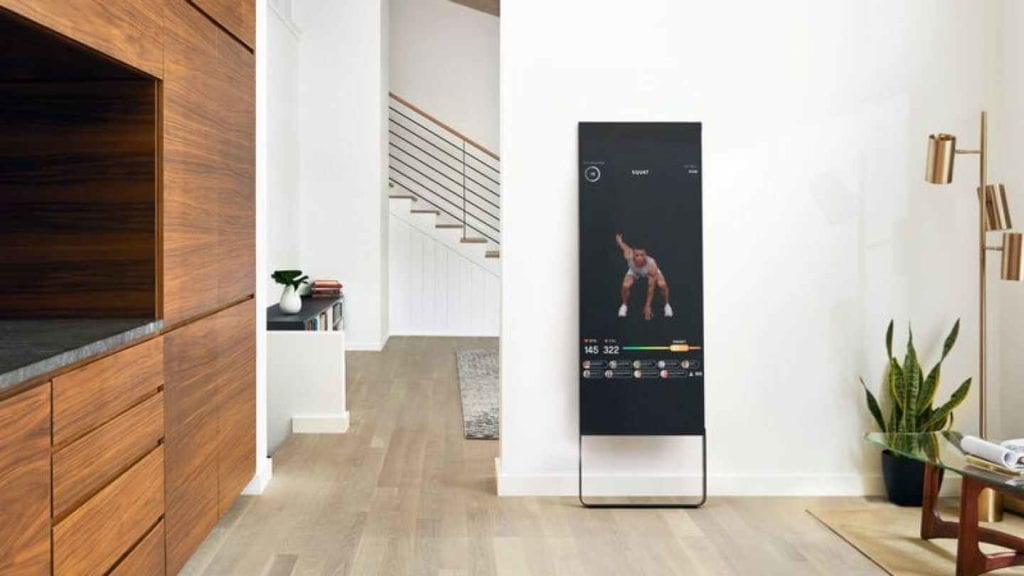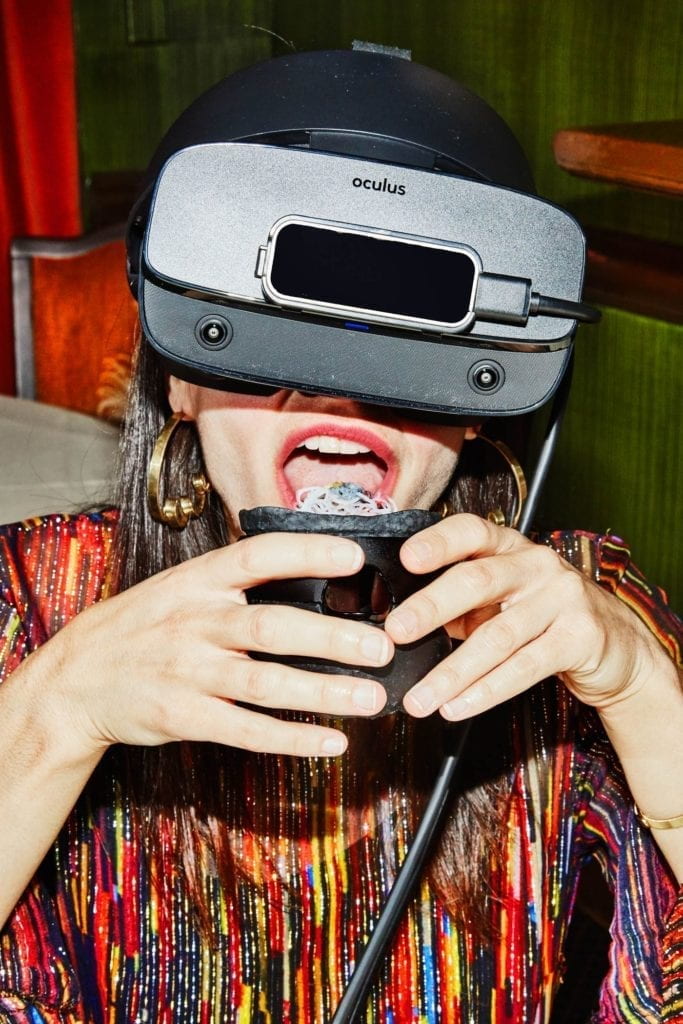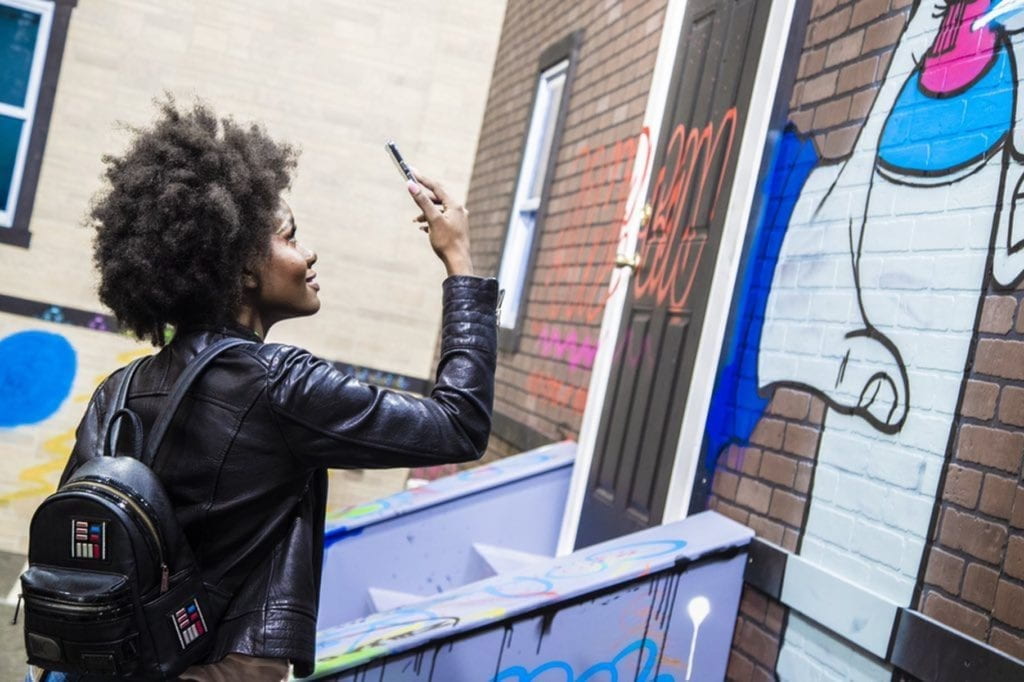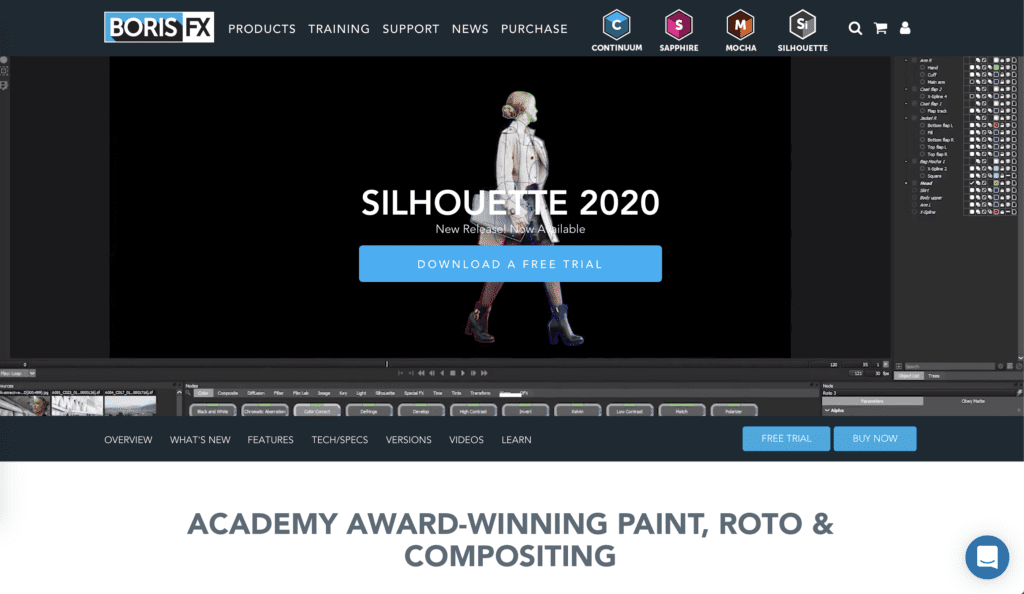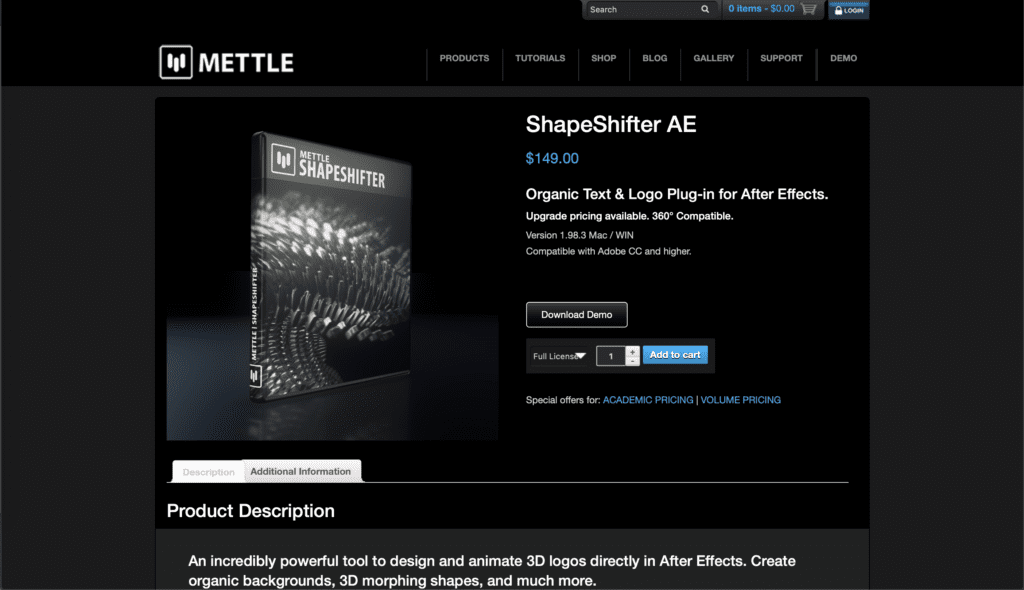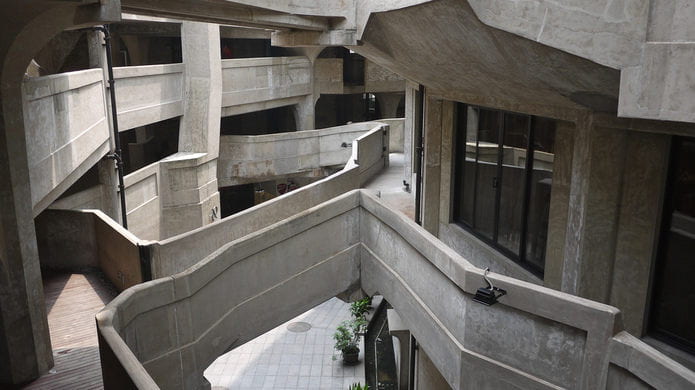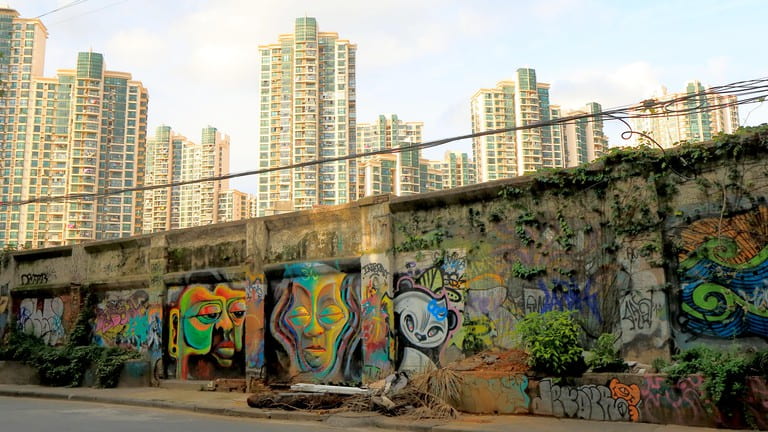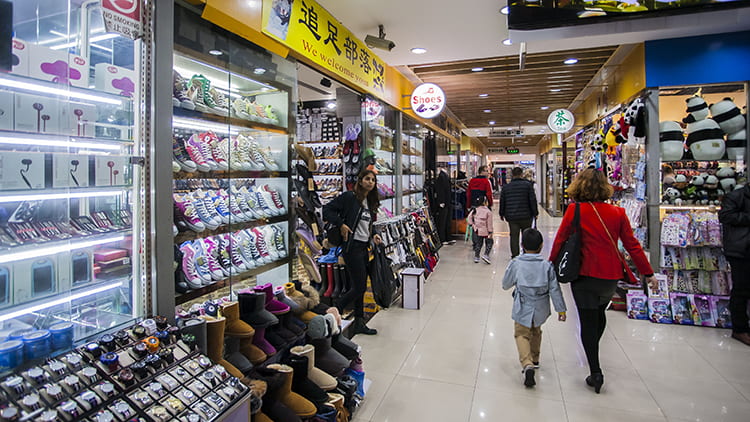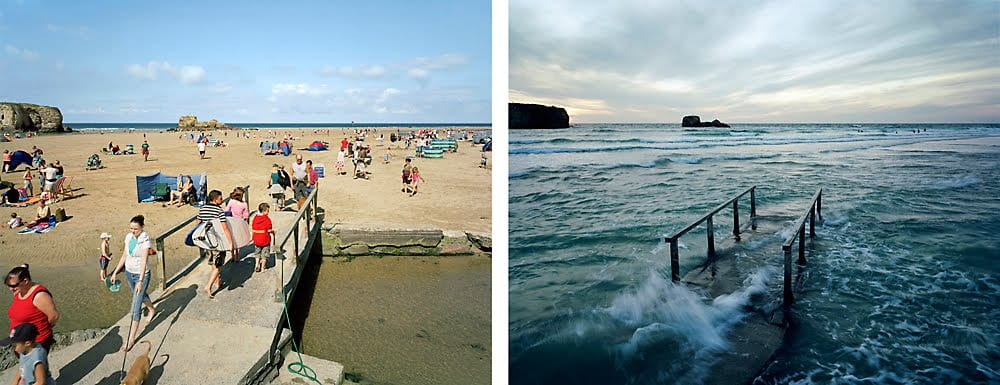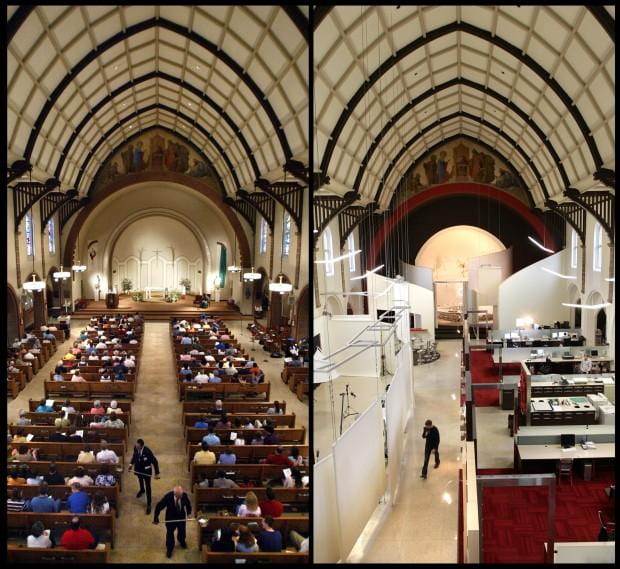Title: “I Do.”
Location: Shanghai Marriage Market (People Square)
Subtitle: “I Do” is an immersive documentary that takes place in Shanghai’s Marriage Market located in People’s Square.
Project Description: “I Do.”, is an immersive VR experience created by NYU Shanghai senior Ben Tablada(IMB & Fashion Studies) and sophomores Molly He(ICS & IMA) and Kat Valachova(IMA). The experience is an authentic representation of Shanghai’s famed Marriage Market in which interactions were recorded with a 360-degree camera. The VR team researched the most ideal beauty and dating standards for Chinese citizens (appearance, personality, salary, etc.) and created posters that were displayed in the marriage market. The set-up was exhibited on umbrellas, similar to how marriage market posters are traditionally presented in the space. The reactions and responses of the viewers were genuine and authentic – later stitched together to form a consistent experience that is both enlightening and invasive.
Goal: The goal of the project is to create a mini-documentary type video that allows the user to feel enthralled by the space. The experience we wanted to provide should have elements that we felt during our time [the creators] within the environment. We wanted to capture moments of humor, the invasive nature of the sellers/buyers, and a moment of clarity.
Job Functions: My role for the project focused primarily on laying out the foundations of the video experience focusing heavily on organization and trouble-shooting during the pre-production, production, and post-production phases. Scheduling the shoot and adjusting accordingly based on time and weather constraints were all key parts to my duties. During the shoot, keeping the workflow, assisting during location changes, and diffusing situations were significant elements to my job functions. Lastly, I spent the post-production phase reviewing the footage with the team and cutting/blocking out footage from the production phase into (1) consistent timeline/sequence. I also took initiative by editing the written content on the VR experience and trouble-shooting editing mishaps rooted in spatial audio.
Experience: My experience with the marriage market was definitely an interesting one. The space itself was a feat in so many varying factors. There was a sense of community that can be felt in the air but also a feeling of deceit as most of the candidates on the marriage market posters are the children or grandchildren of the sellers themselves who have no knowledge that they are being “sold”/”auctioned”. My time at the marriage market was met with much contempt and aggression by most, usually as a result of the shame that parents feel when their children find out that they are there in the first place. I also met several individuals who were curious about our project and over-time we felt ourselves becoming more and more transparent with the work we were doing. Overall, the result of the shoot was a successful one – regardless of the verbal and almost physical fiascos that my team and I went through.
Demo Reel:
Video was taken during user-testing & the IMA show! The reel is a sequence of reactions, feedback, and critiques from those who were able to try the experience.
Demo Reel/Feedback
https://youtu.be/KO–lxTUOvo
Feedback: The feedback we received during our demonstration at NYU Shanghai’s IMA Showcase was overwhelmingly positive! The experience was praised for its accuracy and the elements/emotions that we wanted people to feel (humor, invasiveness, and clarity). We had members of the community from students, faculty, and even the Chancellor of NYU Shanghai (Chancellor Yu) praise the experience as an enjoyable one. Some of the more negative critiques the video garnered were a lack of a potential warning as some scenes were a bit surprising to the audience. We also had a professor comment on a potential parallax issue with the 3D text (later fixed after a demo) but it was a minor miscalculation.
Video:
*Used a MetaData Injector to give the video 360/VR functionalities on YouTube*
Marriage Market VR Mini-Documentary
https://youtu.be/NxazNNrrNXI
